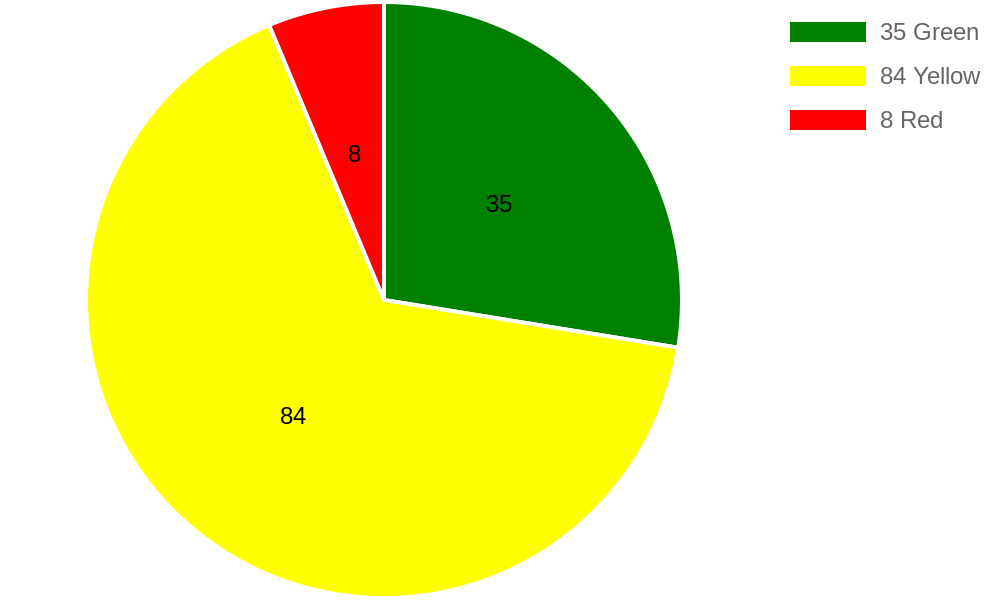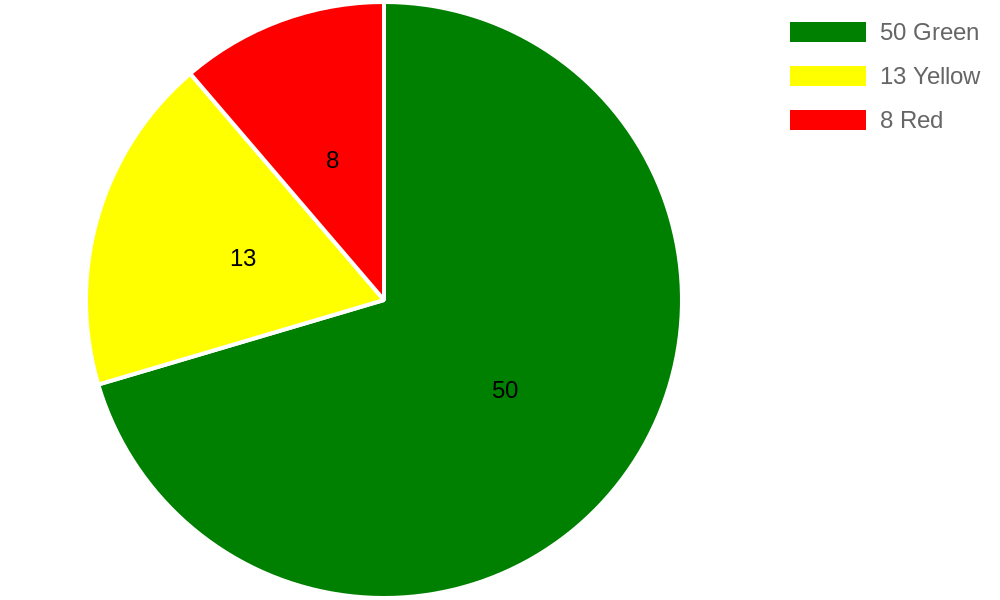As discussed in the previous post, when normalcy returns, it is likely that hybrid teaching will be the dominant method for teaching some types of courses. As explained in previous post, in hybrid teaching, the lecture is given to the in-class students, but is also simultaneously streamed to online students, and the taped version is made available to all students. So, students can attend a lecture in-class or online – i.e. some attend in-class and others attend online. There are many advantages of hybrid – for the students, for the faculty, and for the institution – the previous post discussed a few.
In this post we discuss how hybrid teaching is done, based on personal experience. I will also share some feedback regarding how online and in-class students view hybrid lectures.
Mechanics of Hybrid Teaching and Equipment Needed
How is hybrid teaching to be done? We assume that for teaching, the faculty member is ready to use a projection-based system for the class (and not a whiteboard with pens.) It should, however, be added that in a large class in a university or college, projection based methods for teaching are the norm (cannot really use a whiteboard for a large class). In advanced courses also, presentation based approaches are now standard. And during covid times, even for courses where white board style may be preferred (e.g. Maths), methods have been evolved to use projection-based approaches (e.g. using a tablet with a pen).
In the in-class mode of teaching, a faculty member projects the screen of her laptop/devise to the class. The screen may show some slides (e.g. powerpoint), an interactive terminal on which she may draw or write, videos, documents, website etc. For audio, for a large class the standard method is a collar-mike which was connected to an audio system to carry the voice to students in the class; for smaller classes, there may not be any audio system.
To teach in hybrid mode in such a class, one straightforward method is to share the laptop screen on the streaming platform (e.g. zoom) being used for online students, and also project the screen in-class through the projection system. I.e. in the class room, the zoom screen is being projected. In this approach, it is best that video from laptop camera is projected only at the start of the lecture, but otherwise is disabled – so when the faculty member moves around the class the online students don’t see a blank.
Audio needs more thought. For in-class, the regular collar-mike with audio system can remain. But how do you stream your lecture to online students. I had tried using a Bluetooth earphone with a microphone – but the sound quality of that was not good (they are designed more for listening rather than speaking; also, with earphones listening to students in-class will get harder, besides looking funny going around in them in the class.) I finally just used the laptop’s microphone for steaming the audio, and laptop speaker for listening to online students. It worked well – there was no feedback from in-class audio to the online students and online students were able to hear clearly. I was also able to listen to online students. It, however, restricted the physical movement to a couple of feet around the laptop. I have since learned that there are Lav microphones available for connecting to a laptop – they are just like the collar mike with a wireless transmitter (which can be kept in a pocket), and a receiver that can be connected to the laptop using USB. They tend to be somewhat expensive though.
Initial Experience in Hybrid Teaching
This semester (Jan-April, 2022) I was teaching a large class with about 300 students on “Introduction to Programming (Python)”. It is a core course meant for students of all programs. When the course started, it was entirely online. We used zoom as the platform for online lecturing. For presentation to students, I largely used powerpoint, but also some interactive websites to show execution of programs, as well as a Python editor to type and run programs. I.e. the presentation to students was a mix of slides, websites, and an interactive window of the editor running on my laptop.
When about 3 weeks were left in the course, the covid situation eased and campus was opened to students. We surveyed the students regarding whether they will like to continue online for the rest of the semester or prefer to come in-class. About 70% said that they will prefer in-class. Given that a large fraction wanted to continue online (many were living in places far away from campus, some even overseas), I decided to try the hybrid mode. This became a “natural experiment” in which some students who till previous week were attending lectures online and are now in class for the same course with same instructor (something which will be hard to force in a designed experiment).
First learning from this experiment was about in-class attendance. While 70% of the students had voted for in-class, actually only about 30% of the students finally came physically to the class – the rest continued to attend online. (The actual numbers were – appx 70 students in-class and appx 150 students online). So, it was clear that while students wanted to be in-campus, they did not necessarily want to be in-class for lectures – the convenience of attending from their place of residence/hostel was strong. (The course was scheduled at 830 am, which may also be motivating some students to attend the class from their hostels.)
We took feedback of the two categories of students separately – those who were in-class and those attending on-line. (For taking the feedback, I used a mobile app called ALT (for active learning-teaching), which I had been using throughout the semester to take student feedback – so both in-class and online students were able to give the feedback.) I just took feedback on one question:
- Question to online students: Today’s online class in hybrid mode – how similar/different from fully online class (Green: Better, Yellow: Similar, Red: Worse).
- Question to in-class students: How will you compare your lecture understanding (incl all factors like attention, sitting, …) in the in-person class as compared to online. (Green: In-class is better; Yellow: About the same; Red: In-class worse)
The feedback from online students is shown in the first pie-chart below. As one would expect, most (about two-thirds) found the hybrid similar to the fully online. Very few (˜5%) found it as “worse” – perhaps my movement in class may have made audio a little worse. Surprisingly, about a fourth of students found the lecture “better” – this is counterintuitive, but there is a possible explanation: most faculty get energised with students in the class which can improve the quality of their exposition; maybe the presence of students in-class improved the lecture quality.
Feedback from in-class students is shown in the pie chart below. The vast majority (three-fourths) found in person better than online – this is to be expected as students who *chose* to attend the in-person class probably did so because they did not like the online ones. Quite a few found no difference – perhaps also to be expected as there are studies indicating that (for college students) learning online is comparable to learning in-class. There were quite a few students who found it “worse” – clearly these students will prefer online classes for their learning, if an opportunity is given.
Though this is small experiment, it does suggest that for a course like this hybrid teaching may be suitable: some students seem to prefer online over in-class for their learning and many find online similar (so a good fraction of these students will, due to convenience, attend many classes online), and hybrid lecturing may have a beneficial effect on the quality of online lecturing as well. Besides these, there is a significant advantage of recorded lecture being available (in another feedback on what helped students learn well, “recorded lectures” was consistently mentioned as an important factor.) Hybrid teaching may also enhance attendance in classes – we know from experience that students miss lectures often, and towards the end of the semester the attendance often falls dramatically; online option may encourage many of these students to attend more lectures. Plus there are other advantages of hybrid teaching, as discussed in the previous note.
Overall, hybrid teaching seems to work smoothly. And this initial experience indicates that it may be a good method of teaching a large class, perhaps better than fully online or fully in-class.

